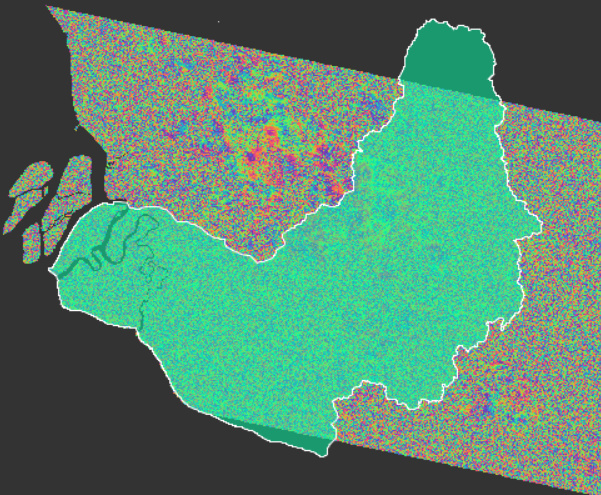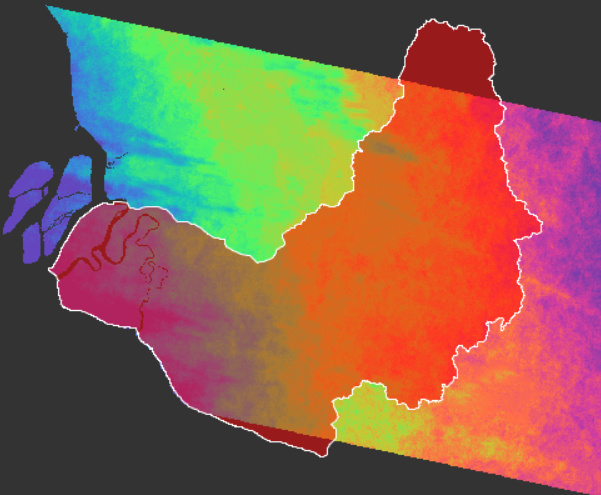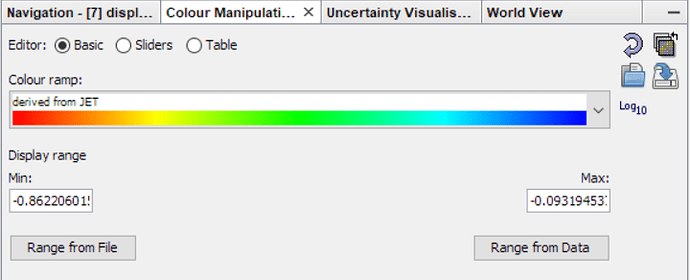Guys, please advice.
I am trying to get a subsidence information within a basin area. Given my Basin study area with Wrapped-, Unwrapped-phase and Displacement (uncalibrated) of S1 Multi-looked IFgram from Dec2014/Dec2018 pair.



Mask of coherence gt 0.2 during filtering. How can i tell that i am getting the right output? What i meant is, should we get a high displacement where there are lots of fringes on an area (right above the basin boundary)?
